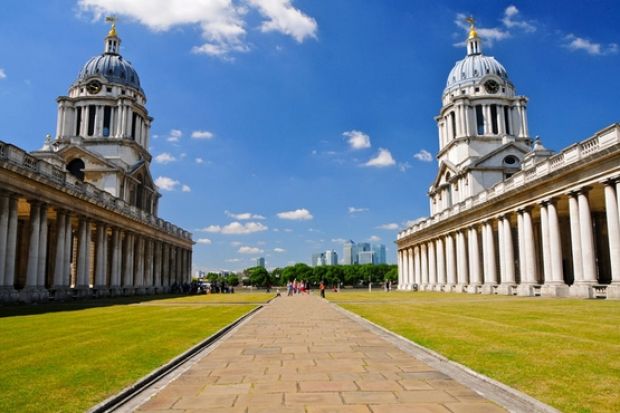Co-organiser and senior lecturer in psychology, David Luke, described it as “the world’s biggest psychedelic conference”.
There were 65 invited speakers at the event - held on 12 to 14 July - mainly established academics in disciplines ranging from psychiatry to anthropology and law. The speakers looked at innovative treatments for conditions such as post-traumatic stress disorder; cross-cultural clinical work; the role of psychedelic drugs in research exploring normal states of consciousness; and the case for a more rational system of classifying drugs.
There were also around 75 submitted papers. While the organisers were keen to avoid “recreational drug users who just wanted to talk about their experiences”, participants included alternative healers, representatives of various spiritual traditions, artists, performers and even a psychedelically inspired baker of “cosmic cakes”.
Dr Luke paid tribute to the “psychedelic trickster”, Steve Abrams, who helped the Rolling Stones escape a prison sentence for drugs charges, organised London’s first “legalise pot” rally and published a famous 1967 advertisement in The Times stating that “the law against marijuana is immoral in principle and unworkable in practice”.
Fellow conference organiser Anna Waldstein, lecturer in medical anthropology and ethnobotany at the University of Kent, argued that pharmaceutical and biotechnological corporations now threatened the ideal of “health sovereignty” whereby individuals get to choose the medicines they want. A third organiser, consultant psychiatrist Ben Sessa, considered how we can get drugs such as MDMA “out of the night club and into the clinic”.
Other speakers considered the reactionary strands of “sacred kingship” and “mystical nationalism” which had long formed a part of the psychedelic and “new age” movements, as well as psychedelic motifs in art from William Blake to Tibetan mandalas and Maori tattoos.
Register to continue
Why register?
- Registration is free and only takes a moment
- Once registered, you can read 3 articles a month
- Sign up for our newsletter
Subscribe
Or subscribe for unlimited access to:
- Unlimited access to news, views, insights & reviews
- Digital editions
- Digital access to THE’s university and college rankings analysis
Already registered or a current subscriber? Login




